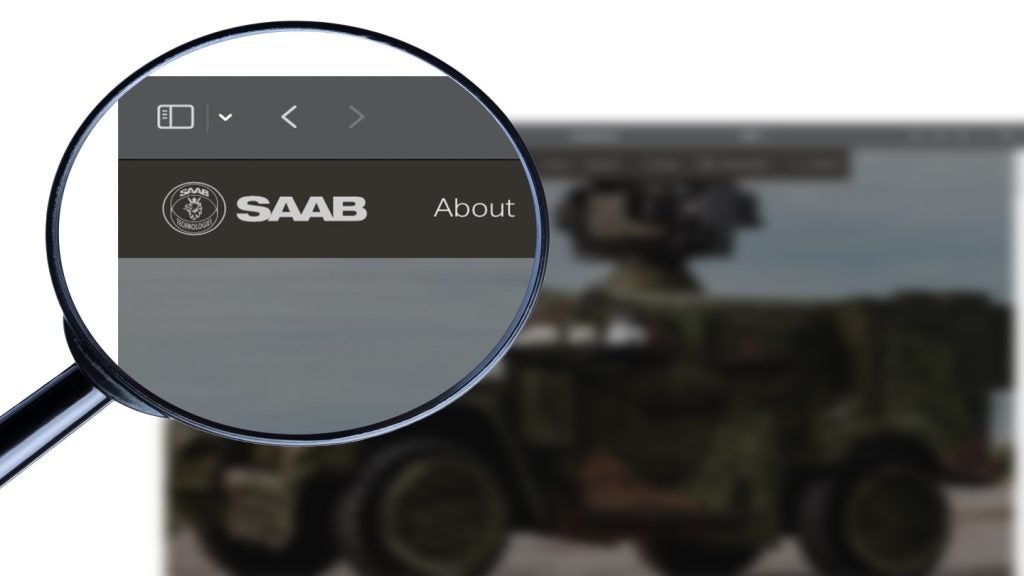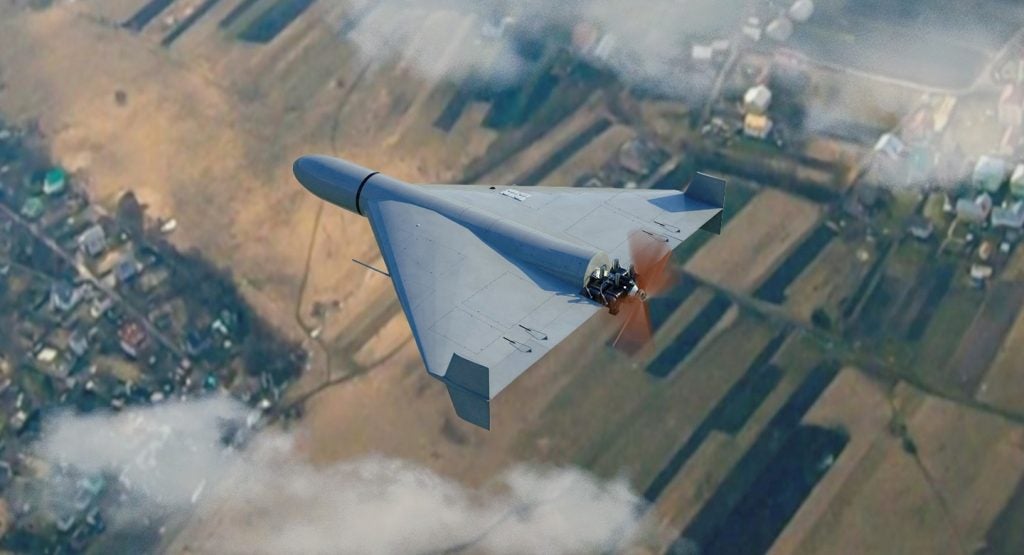The Australian Government has awarded two contracts to local companies to improve drone technologies for the Australian Army.
AVT Australia received a contract for the development of a system that can enhance the quality of images captured by unmanned aerial systems (UAS).
The A$5.2m ($3.6m) contract was awarded by the government initiative Defence Innovation Hub.
It was announced by Australia Defence Industry Minister Melissa Price at the Defence Innovation Hub Industry Conference in Canberra.
The contract funding will allow AVT Australia to work on reducing the size of gimbal technology.
Work will provide the capability to integrate multiple sensors and incorporate several autonomous tracking algorithms.
How well do you really know your competitors?
Access the most comprehensive Company Profiles on the market, powered by GlobalData. Save hours of research. Gain competitive edge.

Thank you!
Your download email will arrive shortly
Not ready to buy yet? Download a free sample
We are confident about the unique quality of our Company Profiles. However, we want you to make the most beneficial decision for your business, so we offer a free sample that you can download by submitting the below form
By GlobalDataMelissa Price said: “AVT Australia is committed to developing the world’s best micro gimbal system, which could provide a significant capability edge in a future battlefield environment.”
Textron Systems is the other contract awardee. Under the A$3.4m ($2.3m) contract, the company will continue to develop its drone technology.
The latest contract comes after a successful phase one contract with the Defence Innovation Hub.
Price added: “Defence is Australia’s largest and most experienced UAS operator, and it’s important to remain at the cutting edge of a capability that offers superior surveillance, intelligence and force protection.”
The Defence Innovation Hub is investing around A$640m ($442.39m) to facilitate innovative technology with potential defence application from concept, through prototyping and integrated testing stage.
Speaking at the Conference, Price further said: “More than 85% of the almost 100 contracts so far awarded by the Defence Innovation Hub have been with small businesses.”
Key priority areas for Defence Innovation Hub innovations include intelligence, surveillance, reconnaissance, electronic warfare, land combat, amphibious warfare and special operations, as well as air and sea lift.
The remaining three capability streams include key enablers, maritime and anti-submarine warfare, and strike and air combat.







